Basic information on critters found in Utah.
Call the Utah Poison Control Center at 1-800-222-1222 any time 24/7 for medical advice and recommendations.
Utah Poison Control Center Bites & Stings Brochure
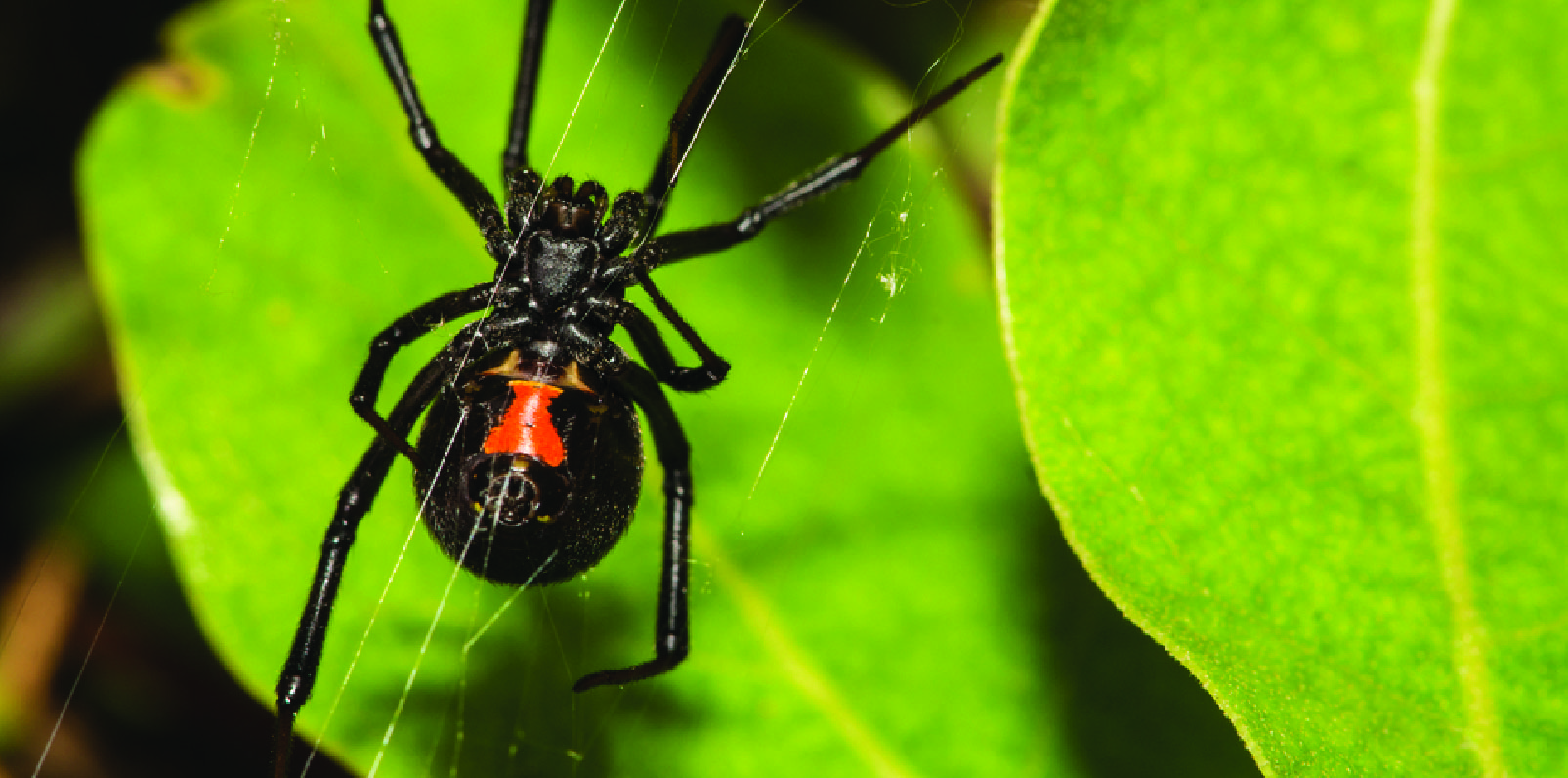
Species: Black Widow
Range: Throughout Utah. Often found in garages, sheds, woodpiles.
Toxicity: Ranges from mild pain at the bite site to severe whole-body pain, sweating, high blood pressure.
First Aid: No specific first aid required.
Treatment: Patients with severe pain should go to the ER. May receive strong medication for pain and spasms. An antivenom is sometimes used in severe cases.
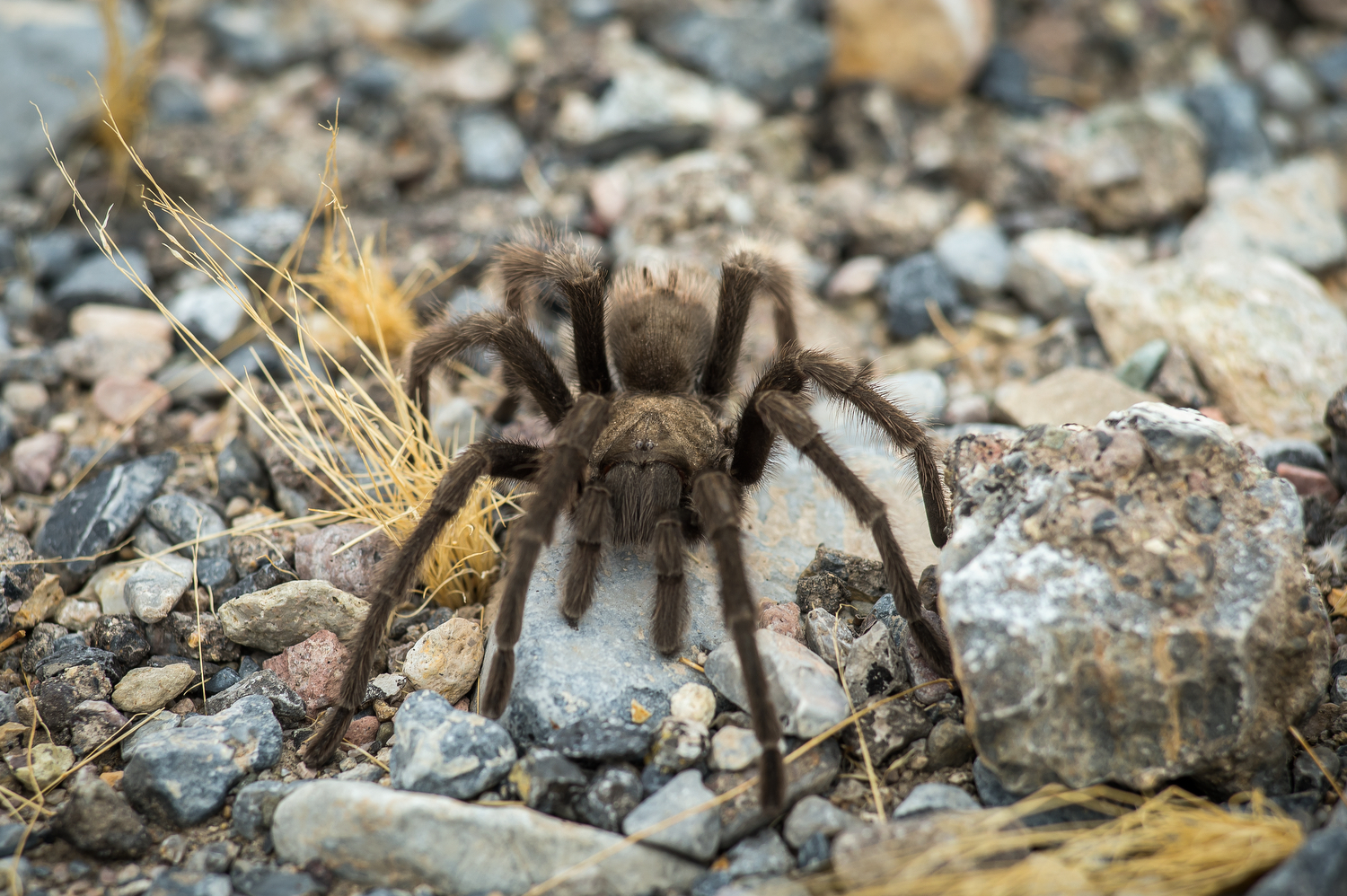
Photo Credit: National Park Service
Species: Tarantula
Range: Desert areas of Utah
Toxicity: Painful bite that is no worse than any other spider bite. May flick irritating hairs.
First Aid: Remove irritating hairs.
Treatment: Irritating hairs in the eye should be removed in the ER.
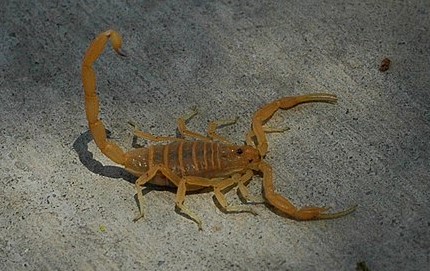
Musides, CC BY-SA 3.0 via Wikimedia Commons
Species: Arizona Bark Scorpion
Range: Southwest Utah, Kane County
Toxicity: Ranges from a painful sting to abnormal muscle movements and life-threatening problems with breathing. Worse in children.
First Aid: No specific first aid required.
Treatment: Those with severe pain or abnormal muscle or facial movements should go to the ER. An antivenom (Anascorp®) is available.
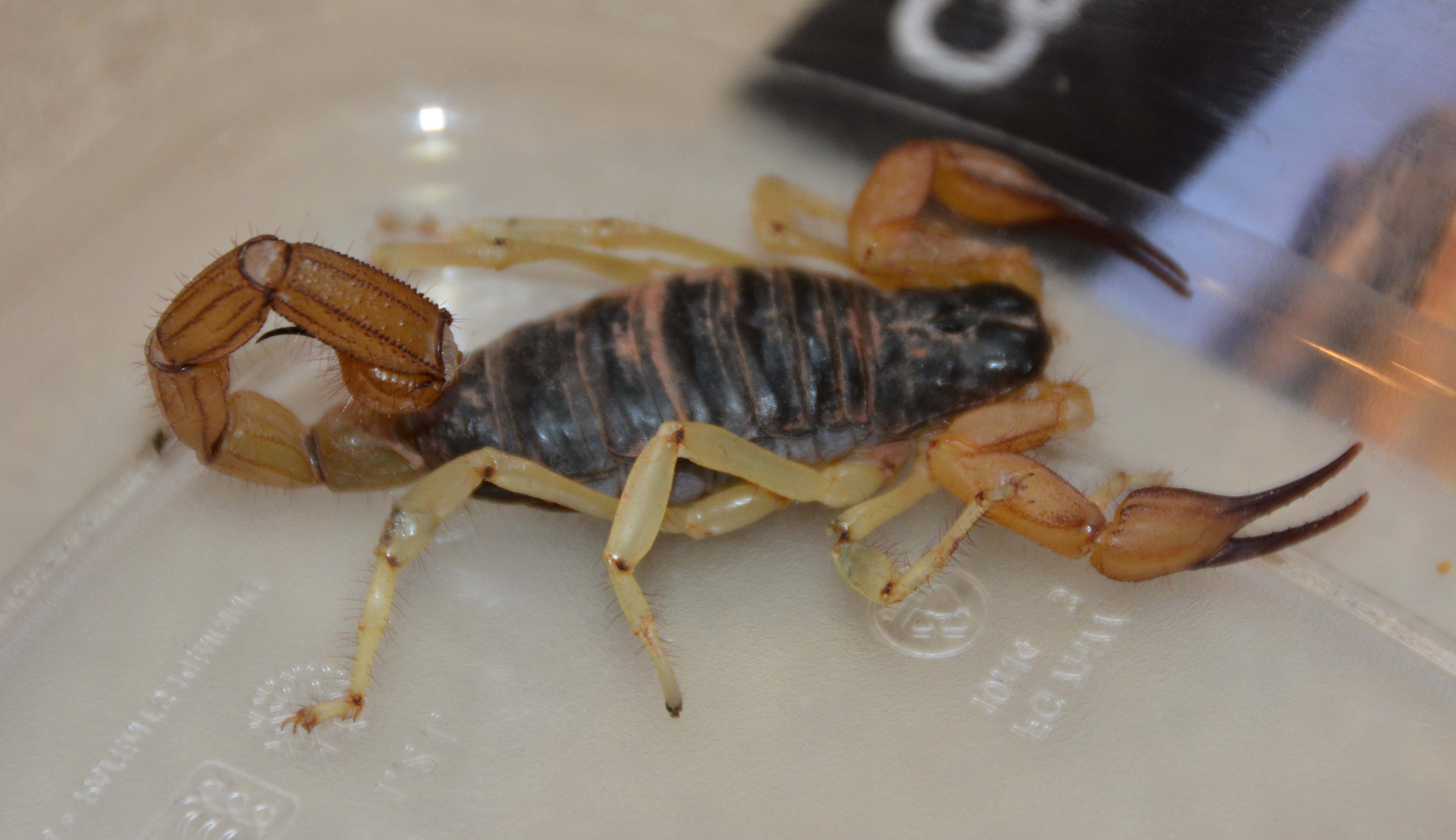
Giant Desert Hairy Scorpion | National Park Service
Species: Other scorpion species
Range: Southwest Utah, Washington County
Toxicity: Painful sting
First Aid: No specific first aid required.
Treatment: Ice, Tylenol® (acetaminophen), Advil® (ibuprofen).
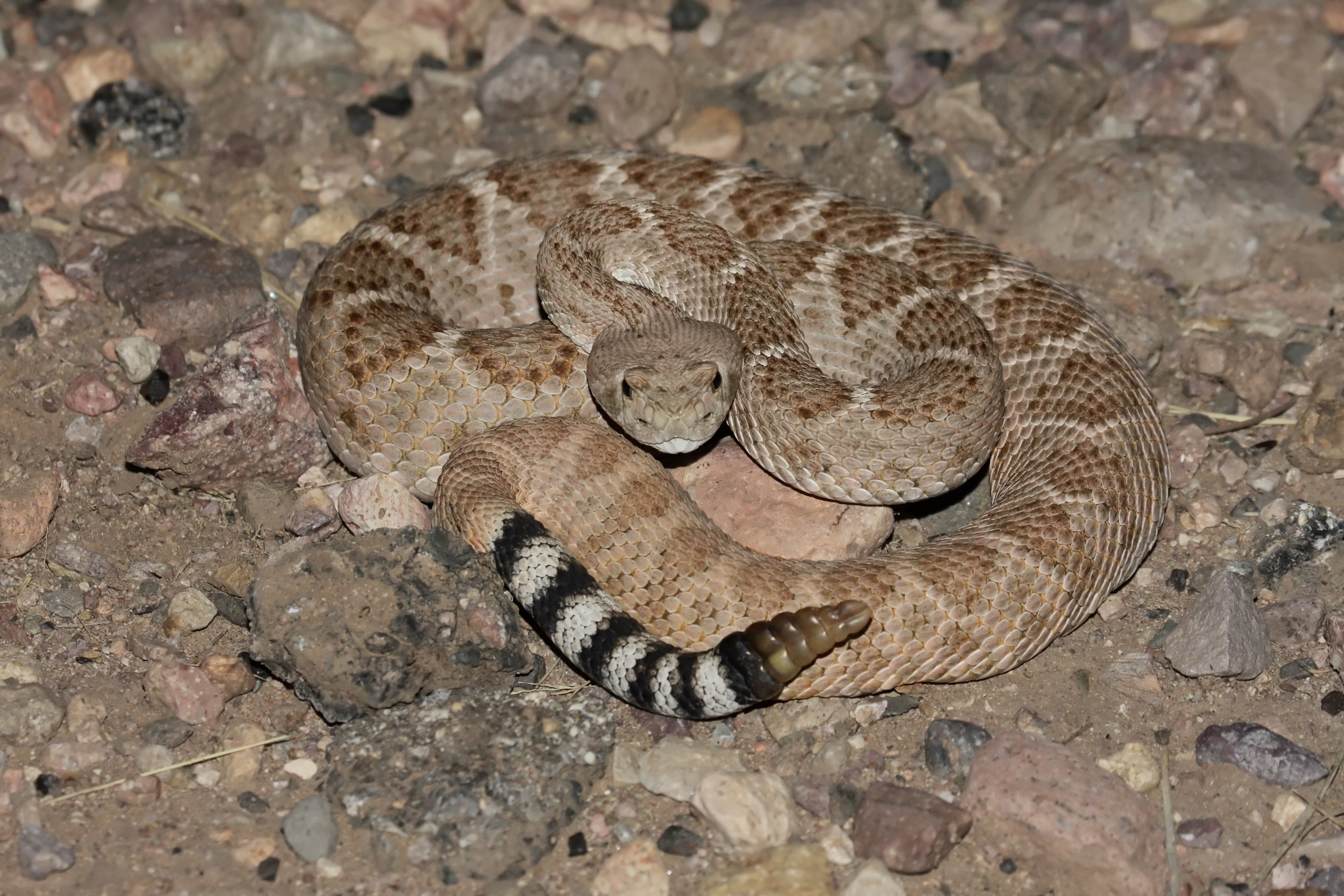
Western Diamondback Rattlesnake © Steve Byland | Dreamstime.com
Species: Rattlesnakes (all Utah species)
Range: Throughout Utah, generally rocky foothill areas, can be found up to 9000 ft elevation.
Toxicity: Bite causes pain, swelling, and tissue damage. Abnormal bleeding may occur. Effects may be delayed 8-12 hours.
First Aid: Remove jewelry and tight fighting clothing. Do not apply a tourniquet. Do not try to “suck out” the venom.
Treatment: All patients should go to the ER. Antivenom is routinely available and given for bites with more than minor symptoms (CroFab®, Anavip®).

Species: Gila Monster
Range: Southwest Utah
Toxicity: May hang on, chew, and be difficult to remove. Swelling may extend up the hand/arm.
First Aid: Attempt to remove the lizard, look for teeth broken off in the wound.
Treatment: No antivenom available. Patients with swelling, dizziness, or teeth stuck in the wound should go to the ER.
Author: Michael Moss, MD, Medical Director, Utah Poison Control Center